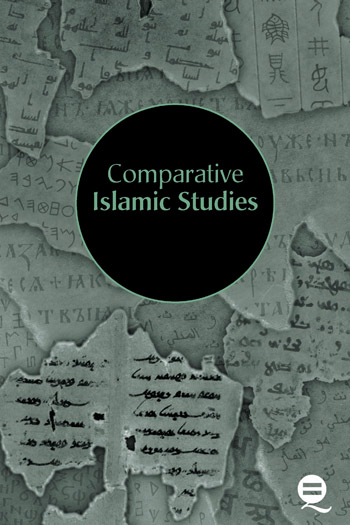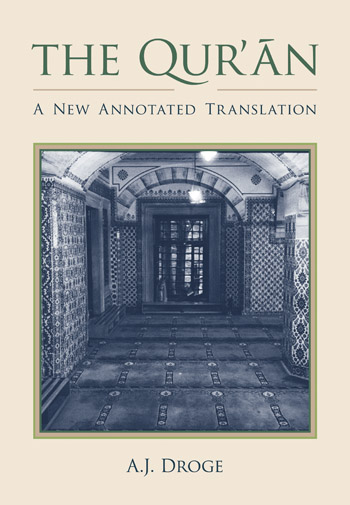Table of Contents
Prelims
1
2
3
4
Postscript
End Matter
Reviews
Marilyn Waldman died in 1996, at the age of only 53, leaving behind a rough, incompletemanuscript that Bruce Lawrence and others have edited into this remarkable book, which is a“must read” for those engaged in comparative religion. Although certainly accessible to thegeneral reader, scholars who teach so-called Abrahamic or Western religions courses would greatly benefit from Waldman’s insights because of the comparisons inherent in such courses.
Islam and Christian-Muslim Relations 24.4 (2014)
This is a remarkable book that provides significant material for extended reflection; it will prove profitable to all those who feel that religious studies really is about “comparative religion” and who thus wish to think about what that really means and how best to go about the task. The work is complemented by two very appreciative essays on Marilyn Waldman and a bibliography of her works.
Studies in Religion, 2013








